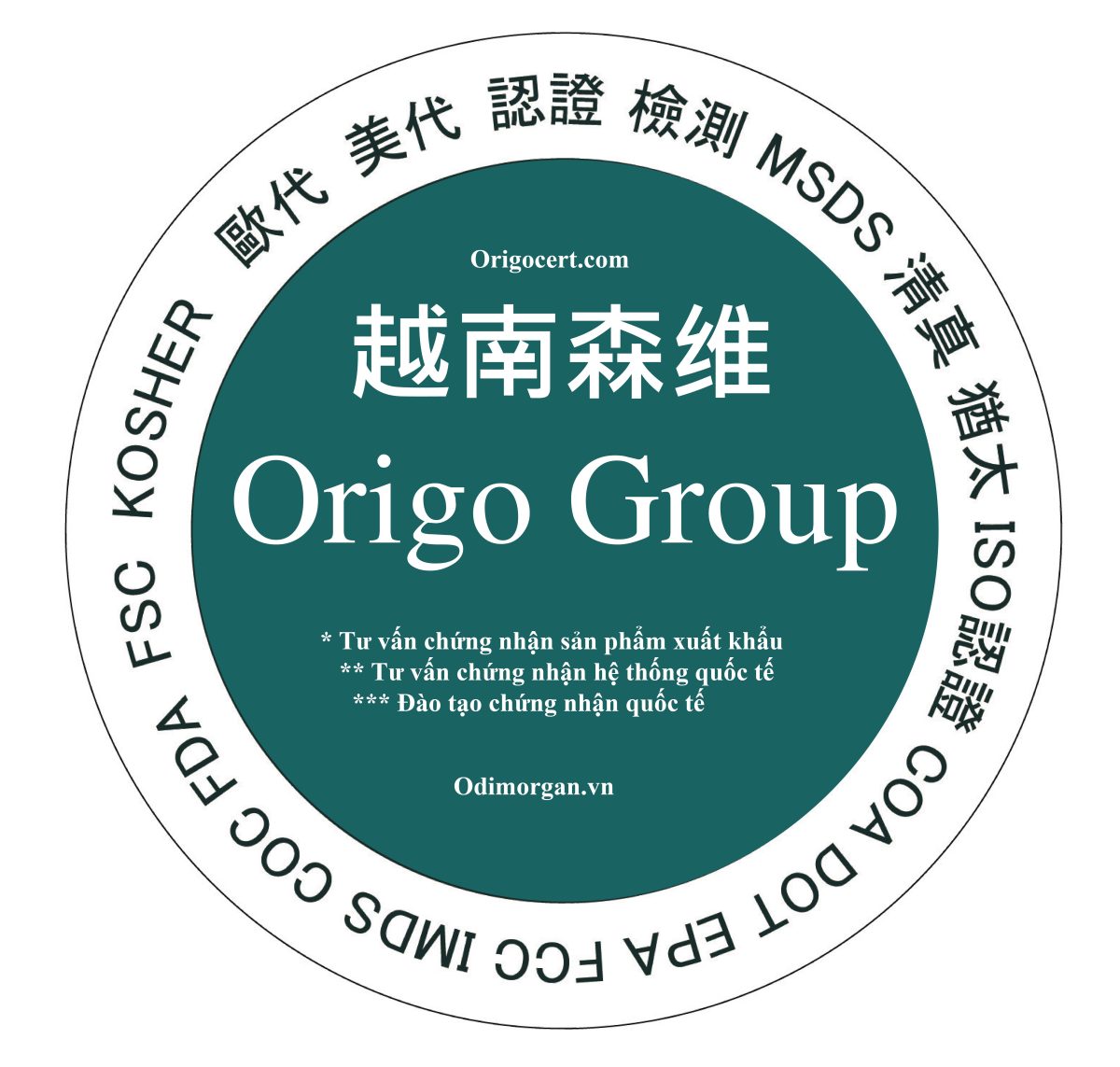How To Successfully Teach Math
Math is a fundamental skill required for college and to attract employers. My friend Don is an Associate Professor of Electrical Engineering at Seattle Pacific University. He shares some great insights about the importance of teaching math in high school.
Completion of a few relevant courses may be required. The list of courses may include anatomy, biology or psychology – depending on the specific school.
After all of the estimating has been done it is time to start measuring. Get out the scales and some measuring tapes and record the weight, circumference, height and width of each. Children can then record their results and see how accurate their estimates were.
Thanks go to Don Peter, M.S., P.E., Associate Professor of Electrical Engineering at Seattle Pacific University for helping me with this blog post. Don and his wife JoAnn homeschooled their two daughters for many years. Don used Saxon math and multi-sensory games for a supplement. His family used unit studies for science. He made it clear that his children were required to complete science and hire someone to write my essay study, and even required his girls to complete calculus for high school graduation.
Put five 1’s papers in a row. Put eight 1’s papers in a second row below the first. Compare the two rows and point out there are 3 extra in the second row.
The first of these key interview tips is to keep it light. Just as dates don’t need to know that your roommate’s cousin’s neighbor’s puppy was run over by a truck, an interviewer doesn’t need to hear another person complaining about today’s job market. Maintaining a positive attitude is key. Not only is it contagious, turning negatives into positives can impress employers.
If your child has serious difficulties with math, start with the grade level she can comfortably handle. So if your child is currently in 5th Grade, you might have to start with 4th Grade or even 3rd Grade math. That is all right. Don’t think that you are insulting her intelligence. Just tell your child that you have a proven strategy for helping her ace her math tests at school.
In the classroom, teachers and students become overwhelmed and unable to handle the scope or breadth of learning in this form. As teachers, we have to recognize that predominantly negative emotions surround math in middle-school, and that anything we can reduce those emotions will go a long way toward gains in learning learning. Placing a 500 page text in front of a 7th grade student is unlikely to help, so use it sparingly and build little, home-made notebooks for daily use.
Not often seen amongst common interview tips is the rule of “no badmouthing.” If you speak poorly about an old boss, what are you potentially going to say about them? A date might not particularly want to know why things didn’t work out with your ex, but a hiring manager does. Continuously dissing old bosses is not only is it tacky, but it sets up expectations that are impossible to live up to.
You can even create your own funny math problems. Instead of the boring “If John has 3 marbles and Jenny has 5 more marbles than John, how many marbles do they have altogether?” you could write “If Witch Wilda has 3 hairy warts on her slimy tongue and Wizard Woku has 5 more warts on his slimy tongue than Witch Wilda, how many gross warts do they have altogether?” you would have a much better response from your child, after she has stopped giggling.
To encourage a love of math in the younger grades, as Don Peter recommends, I used the book Family Math. It is filled with fun math games and activities for grades K-8. We played math games frequently during the week, and my children loved it! In middle school I used the book Family Math for Middle School, and Patty Paper Geometry. In the upper levels, I tried to encourage the love of math using Teaching Company lectures like “Calculus Made Clear” and others.






